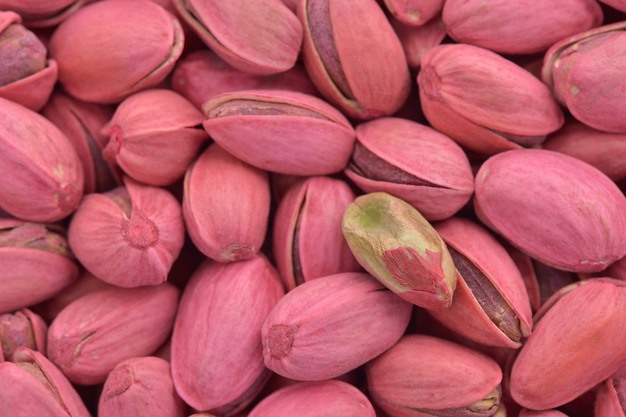It may come as a surprise to many, but pistachio shells in the United States were once vividly red. Today, the supermarket shelves are filled with the familiar light brown shells encasing the green nut. The red shells were not a different variety, but a result of dyeing by sellers. The reasons behind this are not entirely clear, but it indicates how history, politics, marketing, and agriculture can interact in surprising ways to shape our food choices.
There are two main theories about why American pistachios turned red. One widely accepted theory suggests that the shells were dyed to hide blemishes. Before the 1980s, most pistachios sold in the US were imported from Iran and other Middle Eastern countries. The harvesting process often left stains on the shells, and red dye made them more attractive. However, not everyone agrees with this explanation.
Another theory, as reported by the Los Angeles Times, suggests that the red dye was a marketing strategy by Brooklyn street vendors. The truth could be a combination of these stories.
The decline of red pistachios in the US is also shrouded in mystery. Some believe it was the Iran hostage crisis and subsequent embargoes that disrupted the pistachio trade. However, The Washington Post argued that it was the construction of California aqueducts in the 1960s and tax credits for pistachio farming in the early 1970s that led to the end of red pistachios.
Source: tastingtable.com

